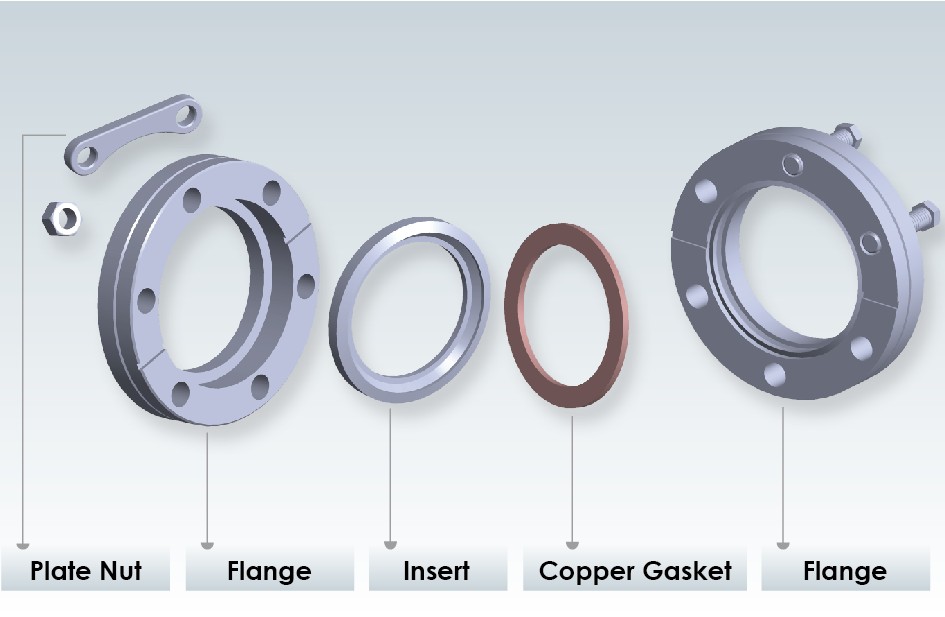Carbon powder, mixed with sodium silicate might work. It clogs the threads by two different materials that are thermally stable at those temps. Below
1000C should be rather easy still.
I've got a similar problem when I get to use my SS welded custom made pot with NPT for attempting to distill sodium metal from carbonate
carboreduction. I initially thought that little leaks may not be an issue, if they are minor and they might clog themselves with any sodium
compound that is formed during the reaction, but if not, those would be the first line I'd try out.
As a side note, when I was making CaO, I used a metal rod to stir the calcium carbonate, but I soon found out it was made of brass, because the rod
just kept going into the pot, and I quickly realized it was melting as I pushed it. It was so dirty I thought it was steel, but doh.
|






